
Salmon is among the most popular types of fish in the world.
It is extremely versatile and used in just about every kind of dish that fish is found in.
However, because of the nature of the life-cycle of the salmon fish, getting it fresh is rather challenging- and therefore expensive.
Conversely, salmon is one of the easiest fish to cook and eat.
Salmon can be smoked, canned, filleted, or added to salad.
It can be had spicy or plain and goes with almost any salty or savory flavor.
So, other than its versatility and popular flavor, why is it so expensive?
There are a number of reasons for this, which we will attempt to clarify here.
Why is Salmon so Expensive? (Top 10 Reasons)

Salmon has soared in price over the last three or four decades for a number of reasons including overfishing, damage to the delicate habitats they need to live in, and due to the rising demand which seems to grow despite all the competing factors.
Salmon has earned a reputation not only for being usable in many different ways, but it is also rising in price because it is something of a delicacy.
That is to say, when you hear “salmon,” you think pricey, you think classy, and you think “delicious.”
So the reason for the persistent rise in the price of this fish is something of a cultural phenomenon.
After all, with enough talent and imagination, a good chef can make any fish taste delicious.
But an aura of class is far from the only reason salmon prices are hard to reign in.
There are at least ten big reasons which not only make this popular fish expensive, but that are almost impossible to change.
1. Wild Salmon is Hard to Catch

If you go to the fish department in any grocery market or deli, you’ll notice a sharp difference in the price between wild salmon and farmed salmon.
That’s because wild salmon have a huge habitat covering hundreds of thousands of cubic miles of sea and freshwater area.
The only sure way to know where they are is to go to the streams where they swim home on their journey back up the rivers where they came from.
Catching them at sea is a very unreliable endeavor since they could be anywhere in the northeastern portion of the Pacific Rim.
Even if you were to wait with a net at the stream where they return to spawn and die, you’d probably have to share your perch with some hungry bears, and that’s a bit too much to ask for the average salmon farmer.
Another interesting thing about wild salmon is that the time they spend in the open ocean, and the hormonal changes that trigger their return to the spawning area imbue them with mature flavors that farmed salmon can only have in more subtle degrees.
Male wild salmon also go through a rather distinctive transformation on their return journey, which makes them very different from farmed salmon.
Of course, there are also a number of overfishing prevention laws that make harvesting salmon in the wild even more difficult.
It’s a drag on the industry to be sure.
However, without some regulation holding the fishing industry back, you can be sure that the huge demand for salmon would spell the end for the species otherwise.
There’s not much that can be done about the elusive nature of these creatures.
Their adventurous habits are part of what makes them so desirable, and delicious.
2. Salmon is a Keystone Species

Salmon are a very successful species of fish, and their life cycles and habits take them all over the vast swathes of ocean and rivers which they inhabit.
That means they have a massive impact on the environment and the other species which they eat and which eat them.
Salmon is so deeply integrated with their vast habitat that they are considered to be a keystone species.
This is a way of saying that they are considered critical to the health of the ecosystems in which they live.
Salmon eat plankton, jellyfish, many other fish species, and they are eaten by many, many different types of predators including bears, birds, and other fish- as well as humans.
Not only are they a deeply integrated part of the food chain, but their nutrient-dense bodies return many potent and valuable nutrients to the rivers and streams where they tend to die in their final days.
Their depleted bodies are an excellent resource for revitalizing hundreds of thousands of miles of river banks.
It has been estimated that the corpses of wild salmon can provide as much as 24% of the fertility needs of the forests that surround their habitats.
Also, bears can leave as much as four metric tones of salmon carcasses for every hectare of land where they hunt the fish.
Of course, this does not explain in and of itself why salmon are a hot item at the register.
It’s because of their keystone-species status that salmon fishing is so heavily regulated- and that’s what makes them harder to deliver to market.
If we were to wipe out the legislation controlling the harvesting of these animals, it is estimated that we would wipe them out in ten to twenty years- and there’s nothing delicious about that.
3. It is Rich in Popular, Vital Nutrients

Since the rise of the Internet, people have been becoming better informed about dietary issues, which nutrients are vital, which are not, and so on.
Of course, we have long known about the importance of nutrients like Omega 9, 6, and 3.
But it’s unlikely that very many people knew much about why these substances are so important for our health.
These fatty acids are an important component of many structures in our bodies, perhaps most vitally, they make up the glial cells that support the structure of our brains.
They also compose much of the myelin sheath, a cord that runs from one neuron to another and helps transmit electrical signals with sufficient rapidity to support life and bodily control.
But the Omega fatty acids, and animal fats in general, also make up things like the material composing the vascular system, tendons, and skin.
Not only do the Omegas help form many crucial structures, but they also help protect us from heart disease in a number of ways.
Of course, we can get them from other species of fish, from seeds and nuts, but the salmon is likely to be the richest source of Omega fatty acids.
What’s more, because wild salmon do so little lingering in one place, it is much less likely that they will spend their entire lives absorbing toxic substances like mercury.
So the health benefits of salmon are pronounced and well known, and with more access to information than ever before, awareness of that fact is growing- boosting demand for salmon to even greater extremes.
4. Demand for Salmon is Growing

With just the reasons we have seen so far, it’s easy to understand why the global appetite for this species of fish is so high.
But the demand for salmon is extremely robust and it is growing.
The growth factor in demand is not so easy to understand as it may seem, but there have been many serious attempts to explain it.
Perhaps the easiest reason to explain regarding the rising demand is the continuing rise of global populations.
It is quite natural for people to enjoy seafood, and salmon is widely recognized as one of the finest types of seafood available.
The only real comparison in terms of demand and cultural affinity is lobster, which enjoys similar stratospheric popularity.
But the demand for lobster is relatively stable.
As we have seen, salmon are extremely robust creatures with an ability to physiologically adapt to their environments over the course of a salmon’s lifetime.
So, it may be within the realm of possibility that these fish are getting better at evading capture.
That may be a stretch, but it would be extremely interesting if it were true.
As discussed, with the rise of the Internet, knowledge of the health benefits of salmon is also growing.
This would naturally drive demand, especially as people age, because they become more invested in their health as a function of time.
As you can see, we have a number of factors remaining to be discussed.
But the factors which are becoming more pronounced, explaining the continuing rise in demand are mostly behind us.
The one factor still to be discussed which may be becoming more pronounced is the fragility of salmon habitats.
This problem could be getting worse, and we will explain why.
5. Salmon farms are not easy to maintain

Many types of animals do not do well in captivity.
Koalas, panda bears, killer whales, and many more types of creatures appear to become depressed in captivity.
They tend to lose interest in breeding.
They even sometimes disregard food and die as a result.
The phenomenon is not confined to higher mammals, and it does adversely affect the health of salmon kept in farms.
Salmon are ravenous eaters.
They are also prodigious travelers.
The fact is that salmon farms cannot produce enough fish to keep their salmon happy, and they certainly cannot provide an entire ocean in which to live a normal salmon life.
Therefore, salmon in captivity do not reach their full strength and vitality, and they reproduce with less alacrity.
Salmon farms are massive productions, being set up on vast swaths of coastal territory.
The people who run them go to massive expense to obtain these huge stretches of coastal land and even greater expense to set up the hardware that keeps the salmon contained.
In these confined spaces, the salmon never obtain their full strength and vitality.
They are quite cramped and cannot swim freely.
The result is that they are constantly in contact with their own waste material.
The lack of space and the heavy presence of waste matter means that farmed salmon are plagued with parasites.
Salmon farmers can mitigate the parasite problem to some degree by using copper nets, but of course, copper nets are extremely expensive.
They are also prone to corrosion.
Adding up all these problems together and we can see that running a salmon farm is a massive and tricky thing to manage.
What’s worse, despite all their effort, wild salmon is still well known to be superior.
Just imagine putting out all that effort, just to be second best.
6. Farmed Salmon are Prone to Problems

The problems with farmed salmon are cumulative, with each problem making the others worse.
Salmon fare poorly in cramped conditions.
They lose strength.
Their health wanes, and they are forced to be inundated by their own urine and fecal matter.
With weaker health, likely poor circulation, and the heavy presence of waste materials, it is an open invitation to parasitic creatures.
Parasites are always more likely to take hold in a host with a weakened state of health, and that describes farmed salmon.
What’s more, with the fish being kept in narrow channels, they are presented to predators like an open buffet.
Any damage to the cages let predators in, and salmon out.
Of course, all of this contamination and disease makes the salmon less attractive to diners.
Farmed salmon is more difficult to prepare and less tasty since it has to be disinfected and often overcooked just to ensure diners won’t become ill.
7. The Supply Chain Drives the Price of Salmon Up

Any type of food must be obtained, prepared, and delivered.
Without exception, there are costs involved.
But when it comes to salmon, the costs are most extreme.
Wild salmon are very difficult to catch, therefore, catching them is expensive.
Even farmed salmon are very expensive to raise and harvest- making them expensive.
But that’s just the start.
Just one pound of salmon can cost between $5 to $8, and the reasons for this only begin in the ocean where salmon are found.
These fish must be transported very rapidly in order to preserve their freshness.
The fish must be cleaned, cut, packaged, frozen, canned, smoked, and served.
Every human along the way must be paid, and there are plenty.
The infrastructure that allows for the rapid transport and processing of salmon must also be built and maintained.
That too is quite expensive.
The only way to get salmon cheap is to own a restaurant, near or on the ocean, with a direct supply relationship with a well-equipped and successful salmon farm or wild salmon fishing company.
The best salmon you can get is wild, caught by the best fishing outfits, and delivered directly to a restaurant where it is served.
This is the only way to get the finest salmon dishes in the world- but to the consumer, these dishes will be the most expensive.
In short, the supply chain is long and complex – and where it is short, business owners go to great expense and effort to make it short.
8. There Are No Real Salmon Alternatives

Salmon is far from the only fish in the sea.
There is a wide range of fish that are considered to be similar to salmon, but there is nothing exactly like salmon.
Mackerel, trout, cod, and tilapia are all considered to be comparable.
But none taste exactly like salmon, and they certainly don’t taste exactly like the best salmon.
What’s more, few fish types are as nutritious as salmon, which makes it far and away the superior choice.
It’s likely that a seafood lover can make do with the alternatives.
In fact, most salmon recipes will give suggestions for replacements.
But it must be borne in mind that different types of fish, even those that are the most common salmon substitutes, will cook differently and taste differently compared to genuine salmon.
The best use cases for recipes that allow for salmon alternatives are ones that are heavily spiced, use heavy seasoning or overpowering sauces.
The reason for this is that heavy flavors will help conceal the fact that you’re using a replacement.
Of course, there’s nothing wrong with any of the replacements.
Many people prefer the strong flavors that work well with the common salmon alternatives.
But if you want to taste the salmon, as many diners do, only real salmon will do.
9. Salmon Habitats are Delicate

As stated, no salmon has just one specific habitat.
They are born and spawn in specific places, but they do not remain in those spots for long.
Immature salmon do linger in specific spots.
When they are newly born, they have a yoke-like sac that hangs from their bellies.
They feed off the nutrients in these sacs for some time and they linger in certain hiding spots since they are vulnerable during this period.
During that period of lingering, they depend on the relative security of their hiding spots.
Also, salmon have specific spots where they lay their eggs to be fertilized by the returning males.
These two locations are fairly delicate.
If they are not kept just the way breeding and immature salmon need them to be, the salmon populations will suffer.
These areas can be hard to spot, and only wildlife experts know where they are and where they will tend to be.
If they are disrupted, as they sometimes are, it will hurt the salmon fishing industry, and trigger a spike in salmon prices.
10. Salmon is Used in Many Fine Dining Recipes

As we have already established, salmon is a common ingredient in many fine dining recipes and is a popular item in many fine dining establishments.
There are many expensive delicacies that have not always been expensive delicacies.
Salmon may have more intrinsic value as a food item, but the perception of it as a “5-star” food is an important contributing factor in the consistently high demand.
Salmon is objectively rich in vital nutrients. It is also widely accepted as being especially delicious.
But the fact remains that it is expensive largely due to the fact that we perceive it as a thing that should be expensive.
If people stopped loving it so much, the prices would certainly drop.
At the end of the day, salmon is expensive because we love it, and prices will always reflect what the market will support.
NEXT: Why Is Wool So Expensive? (Top 10 Reasons)

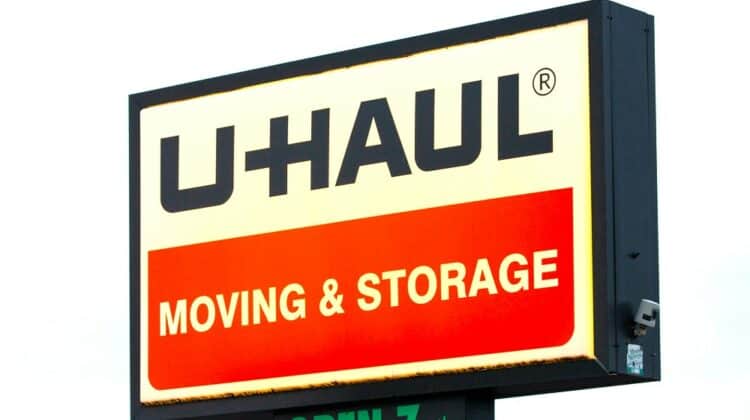
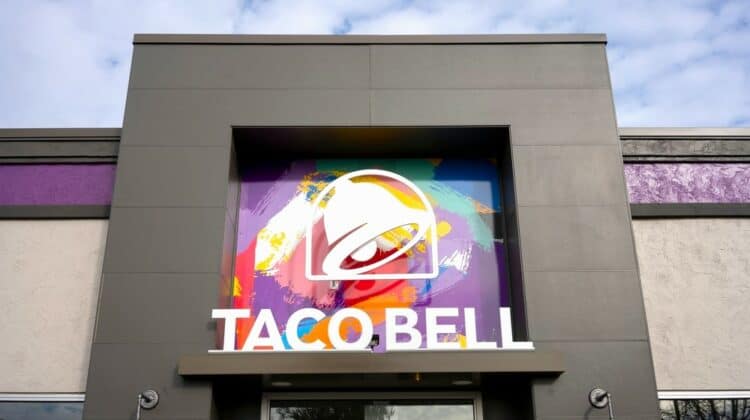






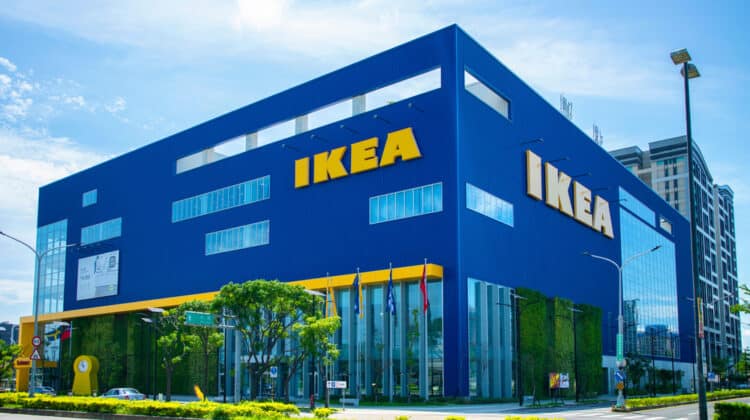


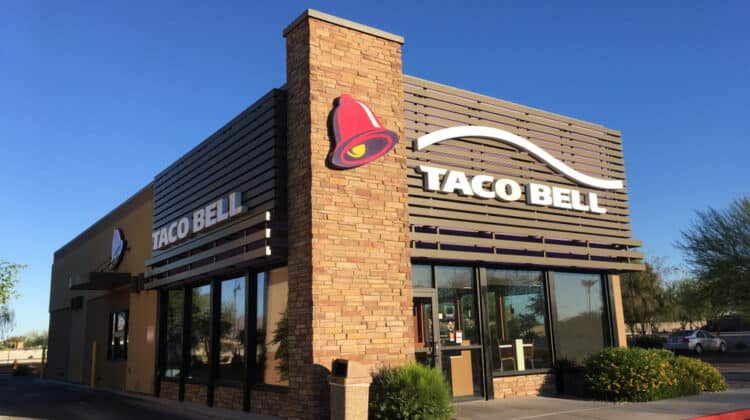
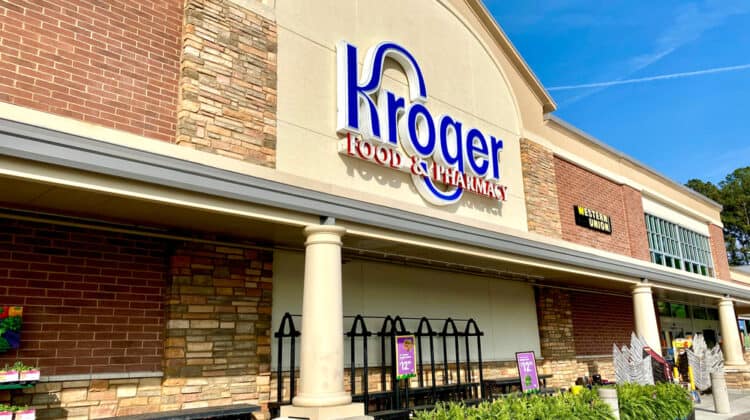

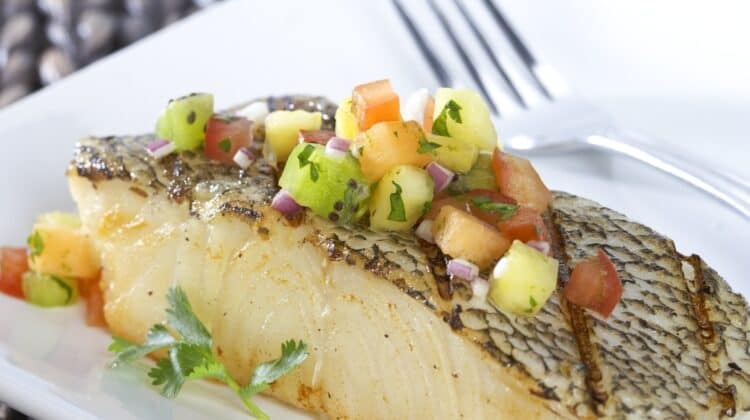
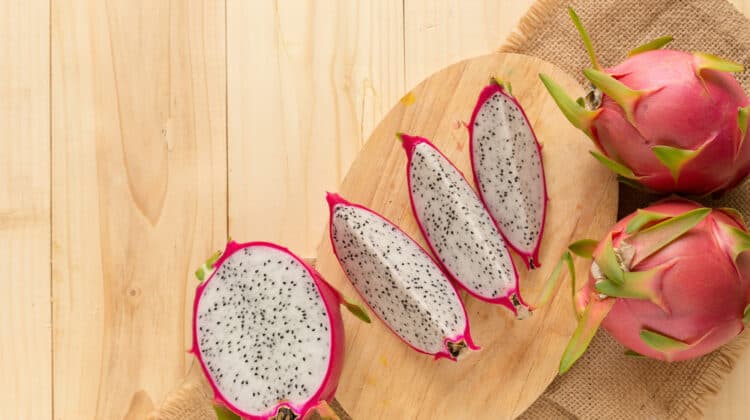



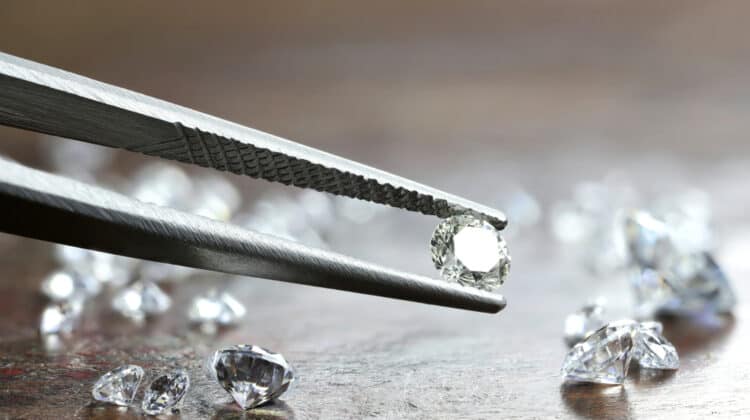
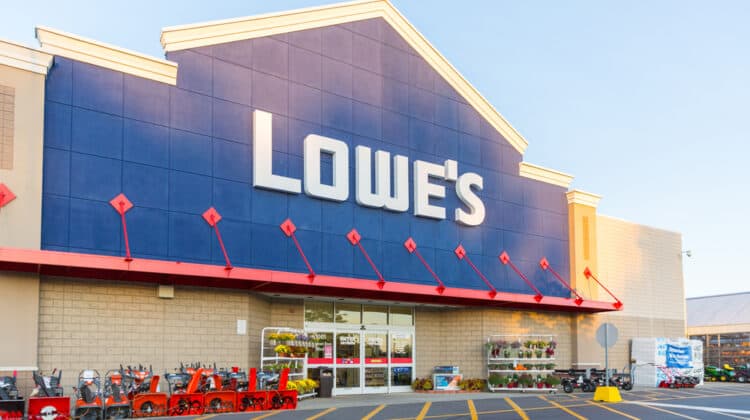


I find the red (blood) color to be a little less appealing than pink salmon, but the fish is very good and. Very expensive, Now I know why.